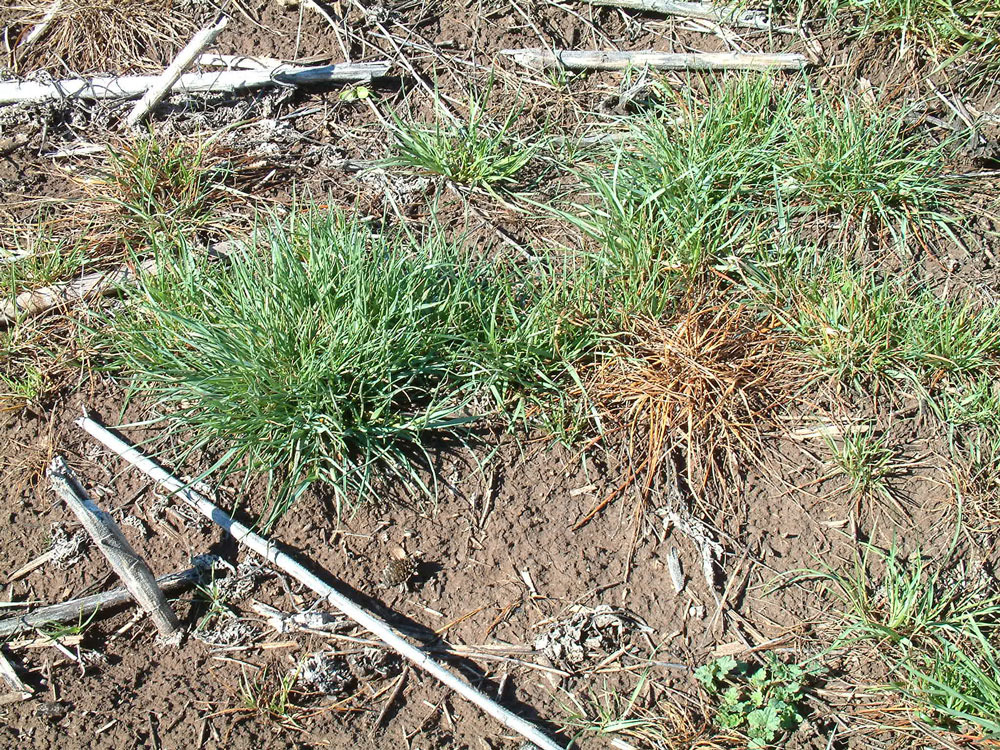Here is a valuable article from the latest E-weed newsletter by Sally Peltzer and Alex Douglas, DAFWA.
Despite the rain in September in many areas of WA and southern Australia, there are still dry conditions in many regions.
It is tempting to stop any harvest weed management in the dry years. “There doesn’t seem to be many seeds on those annual ryegrass plants”, I can hear you say. That’s where you may be wrong.
Research by AHRI has shown that annual ryegrass seed numbers can still be relatively high in poor seasons (Table 1). These can carry over to the following year and reduce yields. Note the comparative ryegrass seed yields for the two seasons. Not much of a yield penalty for ryegrass in a drought year when compared with wheat.
Table 1: Wheat yield and annual ryegrass seeds produced over 2 years.
|
Year |
Wheat yield |
Annual ryegrass |
|
|
(t/ha) |
(plants/m2) |
(seed/m2) |
|
|
2011 |
4.0 |
19 |
12,000 |
|
2012 |
0.6 |
29 |
7,000 |
Cut your crop lower in a dry year to catch more ryegrass seeds.
In a good year with a big crop, there will be less light penetration and the annual ryegrass tillers will be upright and easier to catch. In a low-yielding year with a light crop and an open canopy, the ryegrass tillers will be also shorter. The work done by AHRI showed that at 40cm harvest height in 2011 (high yielding crop) collected about 60 per cent ryegrass seed at crop maturity compared to about two per cent in 2012 (low yielding crop).
The more seeds dropped in one year, the less crop yield in the following year.
To illustrate the difference in cutting height in a dry year, The Weed Seed Wizard has simulated wheat yields in 2013 after 7,000 annual ryegrass seeds/m2 were set in 2012. If the crop was cut at 10 cm, only 1250 ryegrass seeds/m2 are returned to the seedbank with a resulting 400 kg/ha of wheat yield loss the next season. This compares to a yield loss of 1.4 t/ha when the crop is cut at 40 cm and most of the ryegrass seeds are dropped.
Fig. 1 Effect of weed seed management strategy on crop yield and
weed seed numbers modelled with the Weed Seed Wizard.
Also in dry years where wheat yield is low, it is possible to burn narrow windrows in wheat. For wheat crops of 2 to 2.5 t/ha or less it is possible to burn just the windrows. Cutting low is imperative to keep the fire in the windrow.


